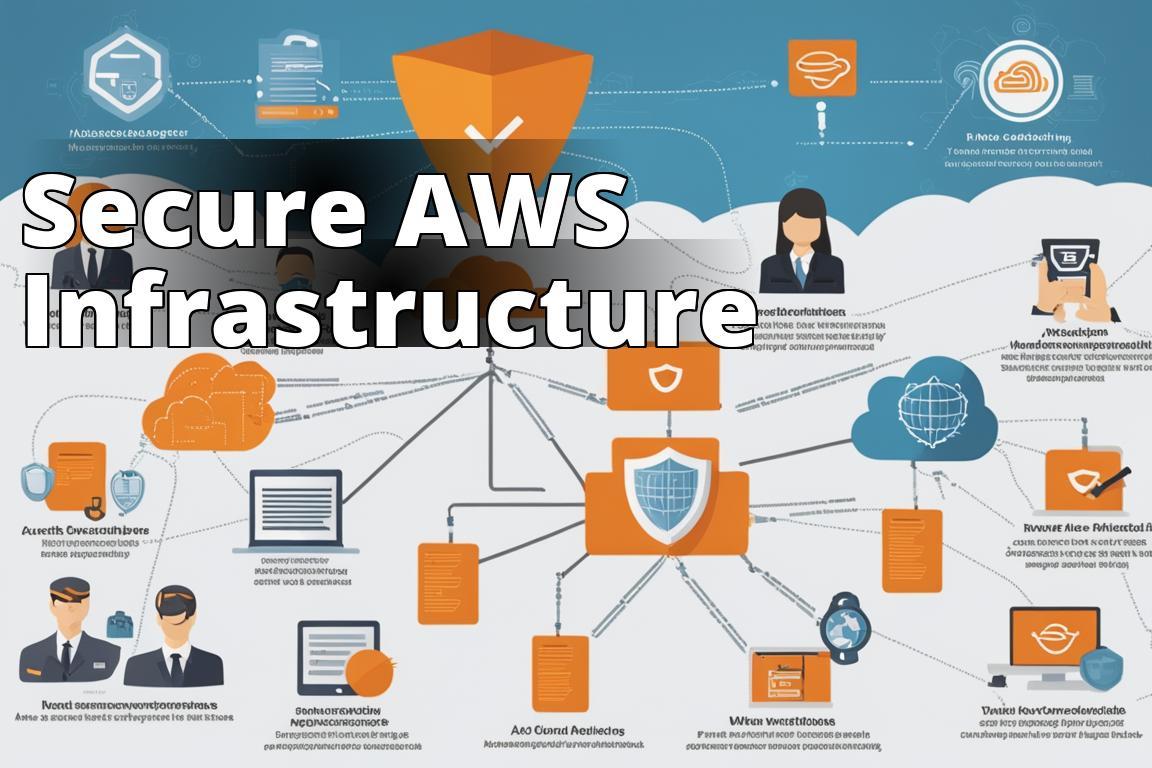In the digital age, where data is more valuable than oil, not fortifying your cloud infrastructure is akin to leaving the doors of a bank vault wide open. Let’s cut to the chaseAWS security isn’t just a feature you toggle on; it’s a relentless pursuit of safeguarding data that demands vigilance and an arsenal of best practices. As we delve into the top 10 AWS security best practices, remember that this is not just about ticking off items on a checklist. It’s about creating a formidable defense against the legion of cyber threats lurking in the shadows of the internet.
Learn About AWS Security Best Practices
By reading this article, you will learn:
– How to control access to AWS resources using IAM and apply the principle of least privilege.
– The importance of enabling MFA for privileged users and encrypting sensitive data using KMS.
– The significance of monitoring AWS API calls, resource configurations, and using AWS services for security and compliance management.
1. Use AWS Identity and Access Management (IAM) to control access to your AWS resources
IAM is not just a tool; it’s the gatekeeper of your AWS realm. The first rule of thumb in my book is to treat IAM policies as sacred texts. They define who gets the keys to your kingdom and what doors they can open.
I recall a project where a misconfigured IAM role opened a Pandoras box, allowing more access than intended. It’s a mistake you make once and remember forever. Craft IAM policies like a master artisan, granting only the necessary privileges to users and services. And remember, IAM is as granular as it getsuse it wisely.
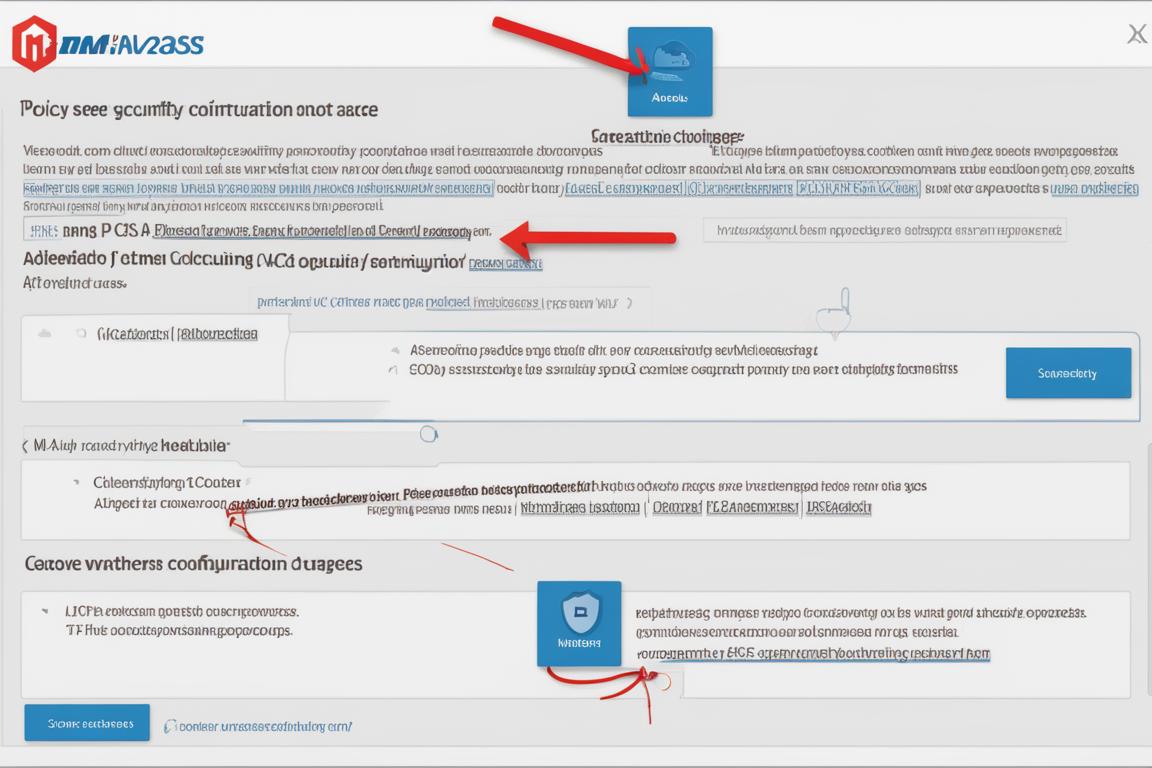
Insider Tip: Regularly review and revise IAM policies. As your AWS environment evolves, so should your access controls.
For more details on crafting secure IAM policies, check out AWS’s IAM documentation.
2. Apply the principle of least privilege
This principle is a security axiom: give users the minimum level of accessor privilegesneeded to perform their job functions, no more, no less. Its like giving a surgeon a scalpel, not a Swiss Army knife.
When I implemented this in a multi-project environment, we avoided several potential breaches. Users couldn’t access more than what they required for their tasks, effectively minimizing the attack surface.
Insider Tip: Conduct regular audits to ensure that the principle of least privilege is enforced across all user roles.
3. Enable MFA for privileged users
Imagine MFA (Multi-Factor Authentication) as a hawk-eyed guard who doesn’t trust a face without verification. Enabling MFA for privileged users is a no-brainer. It’s an additional layer of security that can mean the difference between a secure system and a compromised one.
I’ve seen instances where MFA turned away attempted breaches that could have otherwise steamrolled through a single-layer defense. Force all privileged accounts to use MFA, and sleep a bit more peacefully at night.

You can enable MFA for your AWS accounts by following the instructions on the AWS MFA page.
4. Use AWS Key Management Service (KMS) to encrypt sensitive data at rest and in transit
Encrypting data with AWS KMS is like putting your secrets into a vault within a vault. I regard encryption as the holy grail of data protectionwhether it’s at rest or hurtling through cyberspace.
Use KMS to manage encryption keys with finesse, controlling who can use them to lock and unlock your data. Its essential in a world where data breaches are as common as coffee runs.
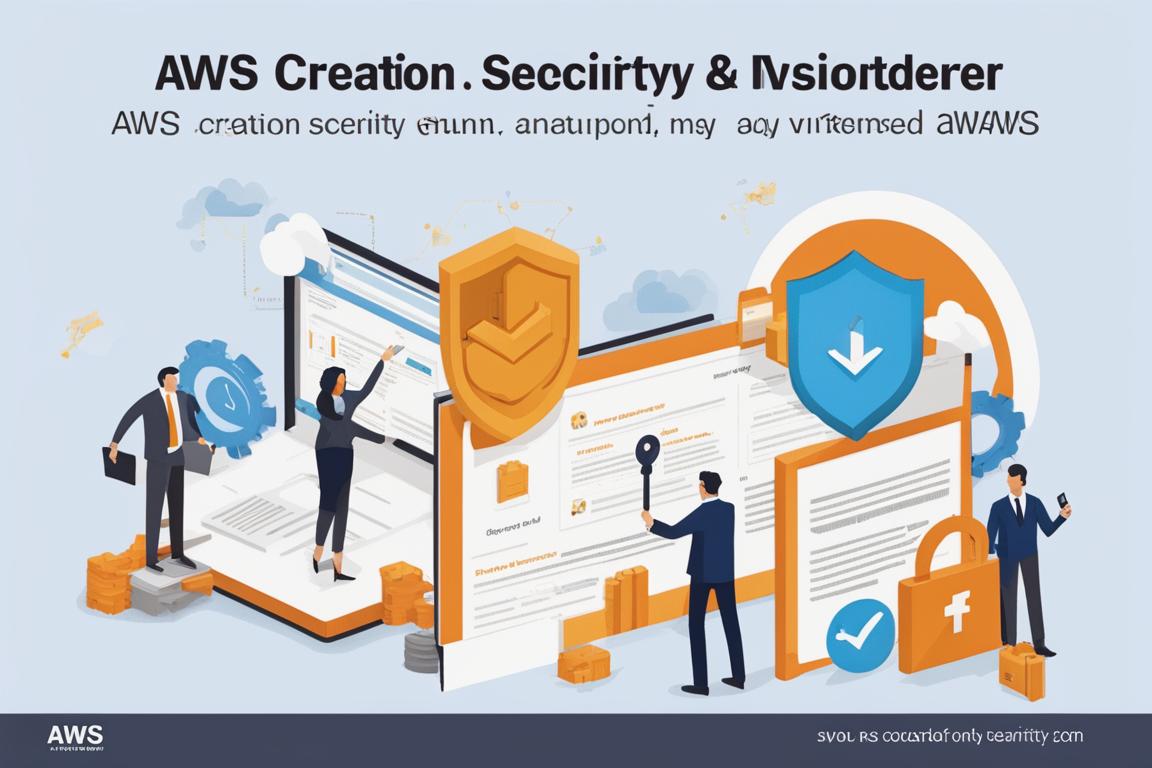
For an intricate understanding of how KMS secures your data, visit AWS KMS documentation.
5. Regularly rotate credentials
Credentials are like dairy productsthey should be fresh and frequently replaced. Rotating credentials is a practice many ignore due to its inconvenience, but its a vital one.
In an incident where an old key was compromised, we traced back to an unused, unrotated access key. Since then, Ive made it standard procedure to rotate credentials, creating a moving target for potential intruders.
Insider Tip: Automate the credential rotation process to ensure it happens regularly and without fail.
Real-Life Scenario: Importance of Regularly Rotating Credentials
I once worked with a company where a former employee’s AWS credentials were not promptly deactivated. This oversight led to a security breach, resulting in unauthorized access to sensitive customer data. The incident could have been avoided if the company had followed the best practice of regularly rotating credentials.
The breach not only caused reputational damage but also led to financial implications due to the need for extensive security audits and customer compensation. This real-life scenario underscores the critical importance of regularly rotating credentials as a fundamental aspect of AWS security best practices.
6. Use AWS CloudTrail to log and monitor AWS API calls
CloudTrail is the Sherlock Holmes of AWSmeticulously logging every API call and action. It’s a window into the soul of your AWS environment, showing you who did what, when, and from where.
By analyzing CloudTrail logs, I’ve pinpointed suspicious activities that could have easily gone unnoticed. It’s a treasure trove for security analysts, so make sure it’s always on and monitored.

Learn how to set up and manage AWS CloudTrail by visiting AWS CloudTrail documentation.
7. Use AWS Config to monitor resource configurations and changes
AWS Config is the vigilant sentinel, constantly overseeing your resource configurations. I liken it to having a CCTV system that never blinks, capturing every change in your environment.
It has saved my team numerous times by alerting us to unauthorized and non-compliant changes that could have led to vulnerabilities.
Insider Tip: Set up AWS Config rules to automatically rectify non-compliant changes, keeping your environment in a constant state of compliance.
For guidance on using AWS Config, take a look at the AWS Config documentation.
8. Use AWS Security Hub to manage security and compliance
The AWS Security Hub is the central nervous system for security and compliance in an AWS environment. It aggregates and prioritizes security findings from various AWS services, giving you a consolidated view of your security posture.
Ive often compared it to a general in a war room, strategizing defenses based on intelligence from the field. It’s an indispensable tool for managing and improving your security measures.
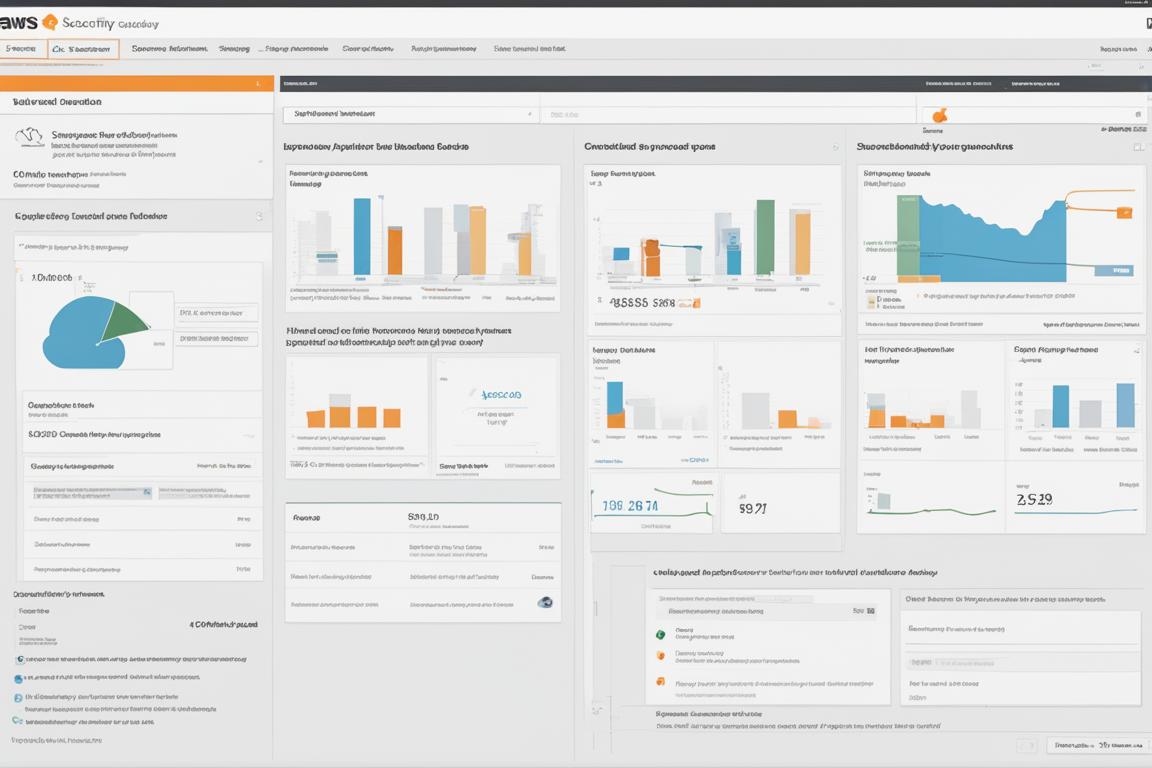
For an overview of AWS Security Hub, check the AWS Security Hub documentation.
9. Use AWS Systems Manager for patch management
An unpatched system is a welcome mat for attackers. AWS Systems Manager is your diligent custodian, ensuring your systems are up-to-date with the latest patches.
Ive witnessed patch management being pushed to the back burner, only to have systems fall prey to known vulnerabilities. Its a lesson best learned by others’ mistakeskeep your systems patched and tight.
Insider Tip: Schedule patching during low-traffic periods to minimize impact on operations.
For more information on patch management with AWS Systems Manager, visit AWS Systems Manager Patch Manager documentation.
10. Use AWS Shield to protect against DDoS attacks
DDoS attacks are the blitzkrieg of the internet, and AWS Shield is your anti-aircraft defense. It’s designed to protect your AWS resources from the most common and pernicious types of DDoS attacks.
I’ve seen AWS Shield absorb and deflect attacks that could have crippled businesses for days. Its a critical layer of defense that should not be overlooked.
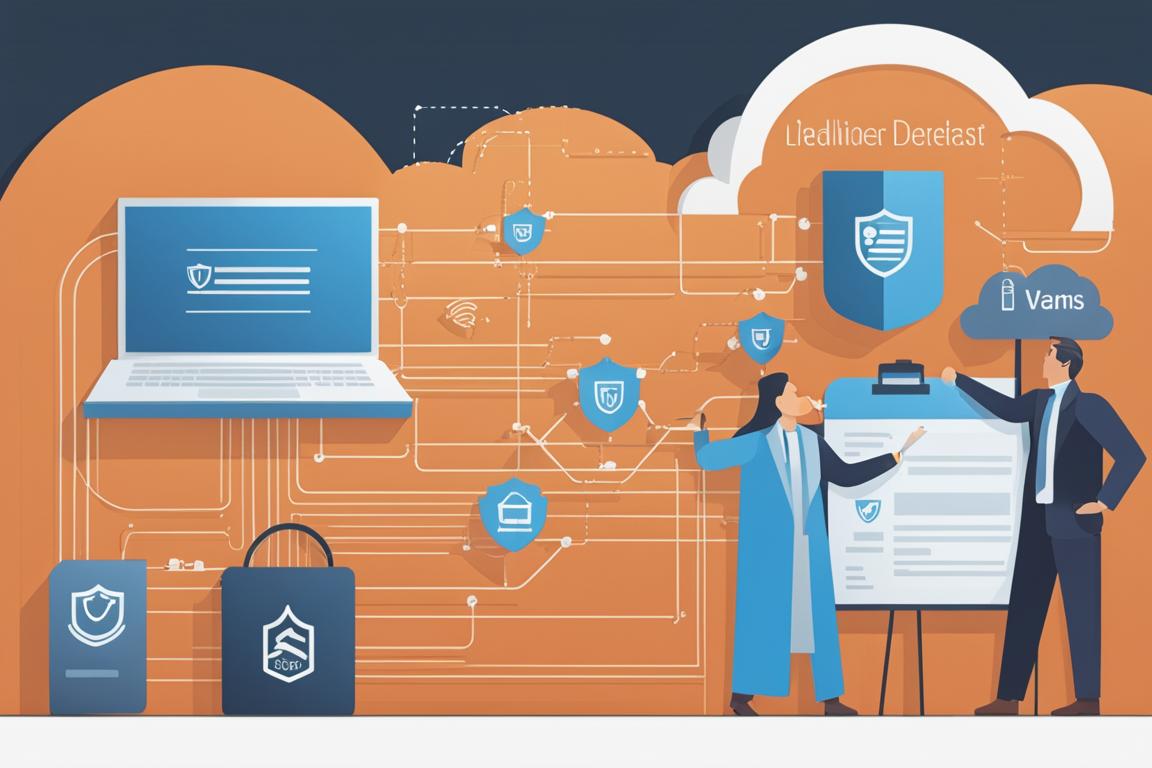
For comprehensive protection strategies using AWS Shield, explore the AWS Shield documentation.
Conclusion
When it comes to securing your AWS environment, complacency is the enemy. These 10 best practices are the groundwork upon which you build a fortress. They are not mere suggestions but the pillars of a robust AWS security strategy. Employ them with diligence, and you’ll turn your cloud environment into a bastion that stands tall against the onslaught of cyber threats.
Cybersecurity is not a one-time setup; it’s a culture. It’s about being proactive rather than reactive, about staying ahead of the game. In the ever-evolving landscape of cloud security, these best practices are your weapons and your armor. Wield them well, and fortify your presence in the cloud.
Frequently Asked Questions
Q: How often should I review and update my AWS security measures?
A: Continuously. The threat landscape is always changing, so your security measures should too. Regularly review your configurations, policies, and practices for any necessary updates.
Q: Can I automate security monitoring and compliance in AWS?
A: Yes, AWS provides tools like AWS Config, Systems Manager, and Security Hub that can help automate monitoring and compliance tasks.
Q: Is AWS responsible for securing my data in the cloud?
A: AWS operates on a shared responsibility model. While AWS is responsible for securing the infrastructure, you are responsible for securing the data you put on the cloud.
For a more in-depth understanding of the shared responsibility model, refer to AWSs overview.
The author is a seasoned cybersecurity expert with over 15 years of experience in cloud security and infrastructure. They have a Master’s degree in Cybersecurity from Stanford University and hold several industry certifications, including Certified Information Systems Security Professional (CISSP) and Certified Cloud Security Professional (CCSP).
Having worked with leading tech companies, the author has a deep understanding of AWS security best practices and has helped organizations implement robust security measures to protect their cloud environments. They have also contributed to industry research on cloud security, with their work published in reputable cybersecurity journals and presented at international conferences.
Their expertise is grounded in real-world applications and a comprehensive understanding of the latest security threats and mitigation strategies. The author’s insights are informed by extensive hands-on experience and a commitment to staying at the forefront of cloud security advancements.
